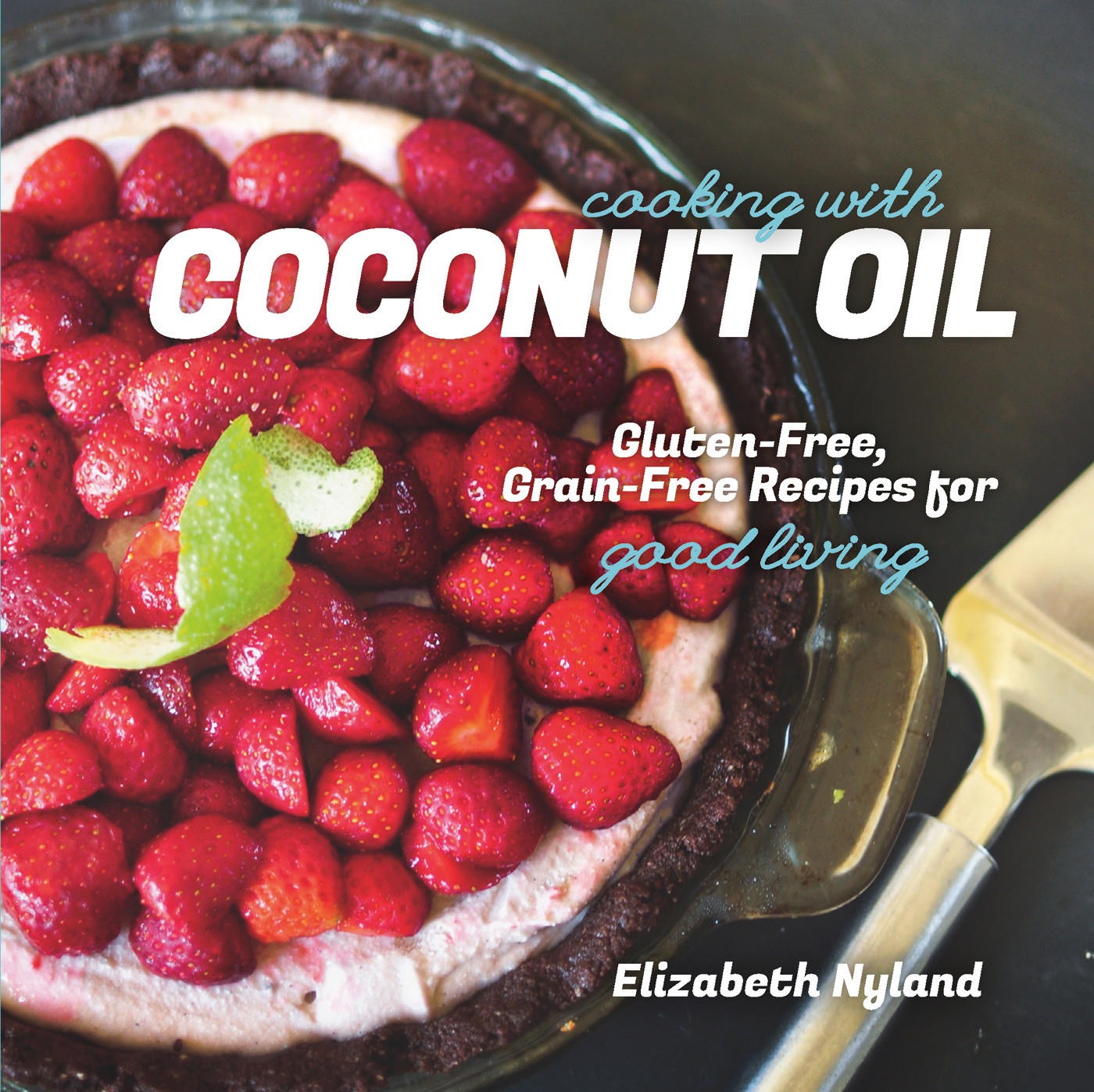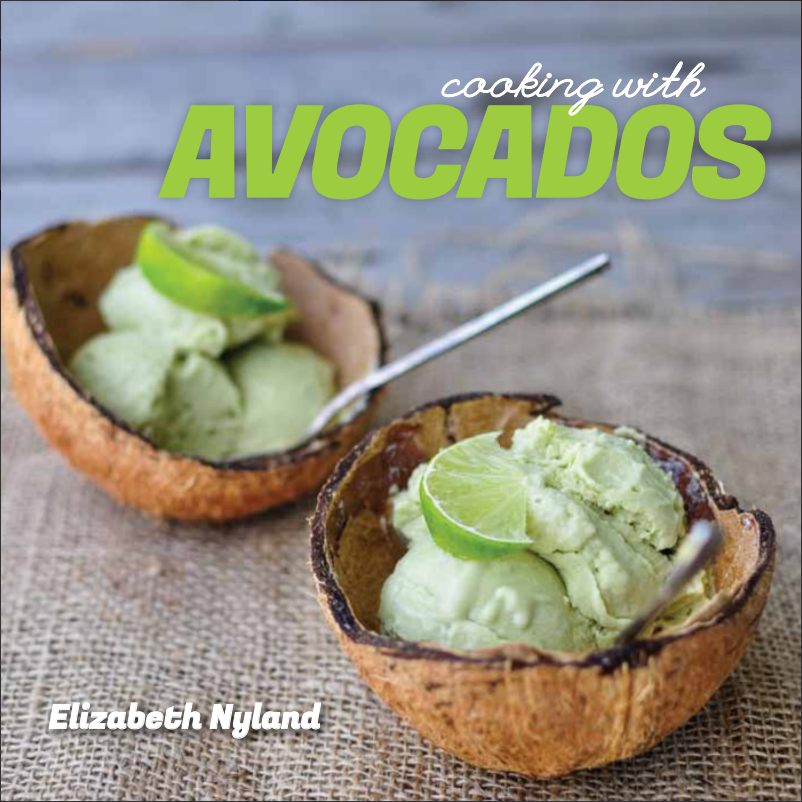Need advice about your Mother or best friend? Having problems getting your kids to eat their veggies? Want to know how to get that chocolate paté stain out of your new white, cowl neck sweater?
Please e-mail me your burning questions (Though not your questions about burning, I do not claim to be a medical professional): elizabeth@guiltykitchen.com
Have questions about my crazy family, where I grew up or what kind of schooling I’ve had? Please see my FAQ page.
Want to know tips and tricks that I use in my every day cooking life? You’ve found the right place.
1. The number one question asked of me by friends and family alike, is how to sharpen knives. Listen carefully. If you own nicer knives (as in, they cost over $50 each), they should never, never be sharpened using a knife sharpener (those pesky little hand held machines you draw your knife through). They will RUIN your knives. Use a sharpening stone (wet or dry). Place your knife on a 10-25 degree angle to the stone, then draw the edge toward you and across the stone. Continue on other side of blade. It should only take about 5-10 strokes. Finely hone the edges and remove burrs with your steel (that sword looking thing that came with your knife set). Do not use the steel to sharpen either, it’s for finishing the sharpen (with a couple of strokes or as Alton Brown says, simply for realigning the edge).
2. Different strokes for different folks, or different cutting boards for everything! Always have a few cutting boards in your cooking arsenal. I like to have at least three. A plastic board for raw meat that can go in the dishwasher, and two wooden boards. One for regular chopping of vegetables, the other is for stinky things like garlic, onions and cilantro.
3. When grilling lovely, succulent pieces of meat, do not pierce the meat with a fork. Never pierce meat during cooking, always use tongs, or all the juices will run out and you will have dry meat.
4. No buttermilk? Use plain yogurt and a little milk. Barring that, milk and vinegar will work as well.
5. Using one of my recipes and can’t figure out the amount of herbs? I use fresh, but dried will do in a pinch, you’ll have to figure out the quantity though as dried herbs vary greatly in potency. Also, dried won’t work in every recipe. Fresh herbs are sold in supermarkets nowadays though, in the produce section.
6. Summertime? Got fruit flies? Take all fruit and other organic materials off of your counters. If you hate to refrigerate tomatoes, bananas, etc. Store them in airtight containers. Grab a disposable container (like a plastic yogurt container with a lid), cut very small holes in the lid (1/2 cm) and fill with sweet liquid and hunks of fruit. This will attract the flies to the container but they won’t be able to get out.
7. Have you ever let a pot burn dry? Don’t worry, it may not be ruined yet! Fill the pot with water (about half way), add in a few drops of dishsoap and set to boil. Simmer for 10-15 minutes, then cover, turn off the heat and let it sit for another hour. This should release any burned food (if any), so scrape now with a wooden spoon. Now drain the pot, and sprinkle in some baking soda, covering it completely. Create a thick paste by adding a tiny bit of water and let that sit overnight. Now without rinsing the pot, and in 2 cups water and 1/2 cup white vinegar. bring to a boil and then shut off the heat. Let that sit overnight as well. The next day, scrub to your heart’s content. DO NOT ATTEMPT THIS ON ALUMINUM!!
8. Removing the skin from garlic can be a hassle. Just squish the cloves (peel and all) under the flat side of a knife. The peel should be much easier to remove now.
9. Using leeks for one of my recipes? They are dirty little buggers…remove green ends from leek, slice in half lengthwise and soak in water for 30 minutes. Swish around in water just before removing.
10. When using fresh fruits in muffins or scones, place on a baking tray and set in freezer for 10 minutes prior to folding into batter. This will keep the fruit from “bleeding” into it.
11. When using fresh citrus juice in recipes, roll the fruit back and forth on the counter first while pressing down. This will release the juices so you don’t have to squeeze so hard. Alternately, you can heat it in the microwave for 20 seconds beforehand as well.
12. When finishing a stick or pound of butter, don’t throw the wrapper away. Save it in the fridge for greasing pans.
13. Myth: Extra Virgin Olive Oil is good for cooking with. Answer: False. Extra Virgin Olive Oil has a pretty low smoke point, about 375-400 degrees. At about 200-250 degrees, all those lovely nutrients and antioxidants begin to be burned out of the oil. So why is it so popular as a cooking oil? I blame Rachel Ray. Her calls for EVOO as she pours tablespoons into her pans before cooking have misled many into believing this is a healthy oil to cook with. It IS a healthy oil, full of monounsaturated fat which is good for cholesterol control in the body. Olive oil should be reserved for addition to your dish after cooking, or as a salad dressing, or even for dipping bread. So what do you use for high heat cooking? Coconut oil is is a very good choice, as is any animal fat (lard, schmaltz, tallow, etc). If you insist on using olive oil for cooking, only use it for low heat cooking.
14. Picking fresh fruit. Ah the dilemma. You want to buy that mango/cantaloupe/honeydew/peach/plum/etc., but the big pile of “ripe” fruit at the grocery store/farmer’s market/roadside stand is a bit intimidating, especially when marked with “tree ripe”. This is a very complicated issue, as fruits don’t all fit into the same category. Some continue to ripen off the tree, while some only become softer and remain only as sweet as when they left the tree. Other fruits, such as berries, can simply be gazed upon to tell if they are ripe. Colour on berries is an exceptional way to tell if the fruit is ripe, the more saturated the colour, the riper the fruit (exception: limes. Limes are often picked when completely unripe because they are attractive and green at that time. Choose the more yellow coloured limes for a truly ripe citrus). Green is bad on most berries. The best way for most fruits (melons, stone, etc.) is to smell it. Melons and stone fruits should smell quite strongly of the lovely, sweet aroma of ripe fruit. You will know it when you smell it.
15. Cutting a lot of vegetables lately? Save some of the cast off bits (tops and bottoms of carrots, onions and celery, stems of woody mushrooms, etc.) for stock. It’s always a lovely idea to have your own stock kicking around to cook rice in or for the base of soups. I also save all the bones from roasted chickens and other bone-in meats (and the other gnarly bits) and place them in a Dutch oven with any herbs or garlic I roasted the meat with. Bring to a boil and then lower to a simmer for a few hours, even overnight.
16. Always keep your pantry stocked. Cans of beans, jars of tomatoes (I buy in jars to avoid the BPA lining that can leach out because of the acidity of tomatoes), dried beans, rice and other grains, dried mushrooms, garlic, onions, potatoes, bread crumbs, oats, raw nuts (kept in the freezer to keep from going rancid), coconut milk, canned fish, sauces, etc. These items will be there any time you come home late and need a quick fix for dinner. They also make great additions to other meals such as soups, curries, salads, etc.
17. Easy Peel Hard Boiled Eggs – Peeling hard boiled eggs can be, let’s face it, a bitch. Next time you want hard boiled eggs that don’t need a pry bar to peel, try this simple trick. Instead of placing eggs into boiling water try placing them into a steam tray over the boiling water. Boil the water, then place the steam tray over the water for a set period of time: For hard boiled – 12 minutes, for medium – 10 minutes and soft boiled anywhere from 5-8 minutes. Perfect every time!


